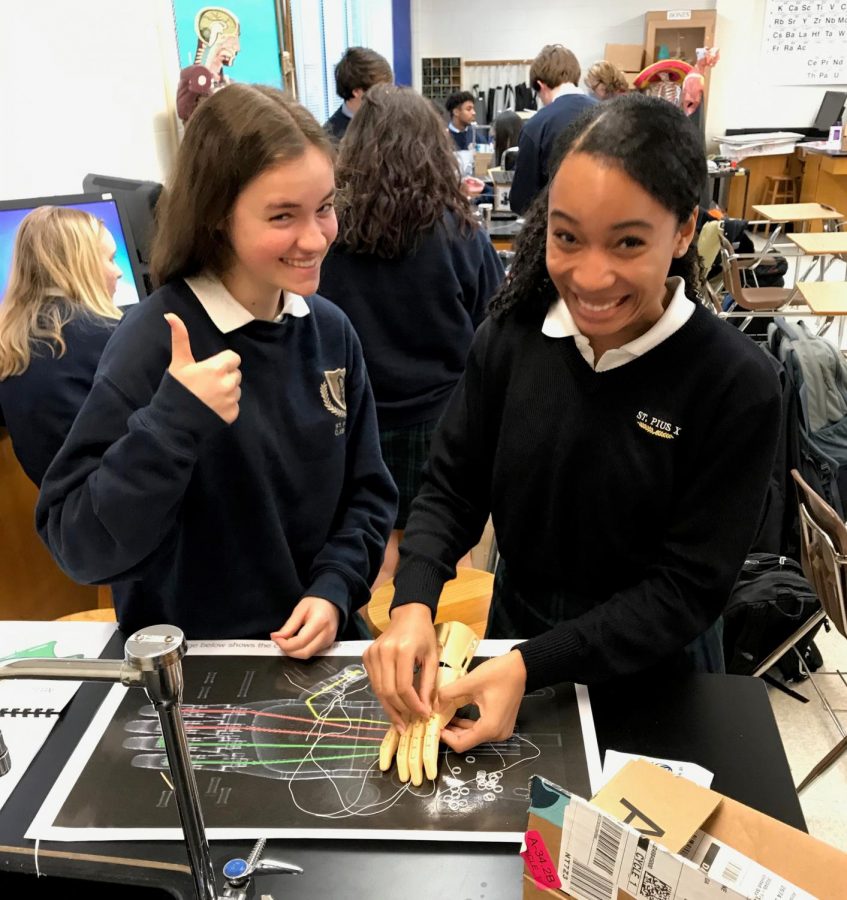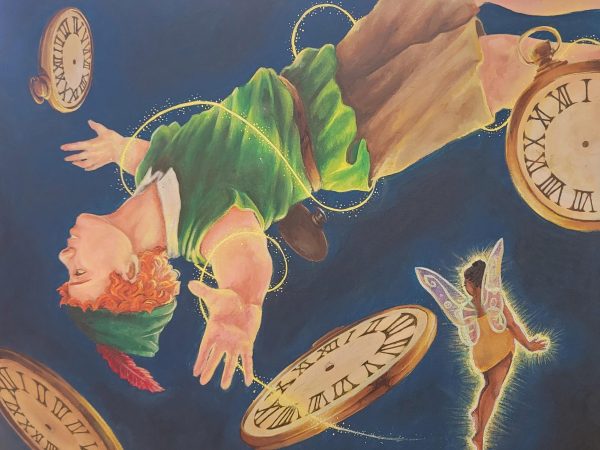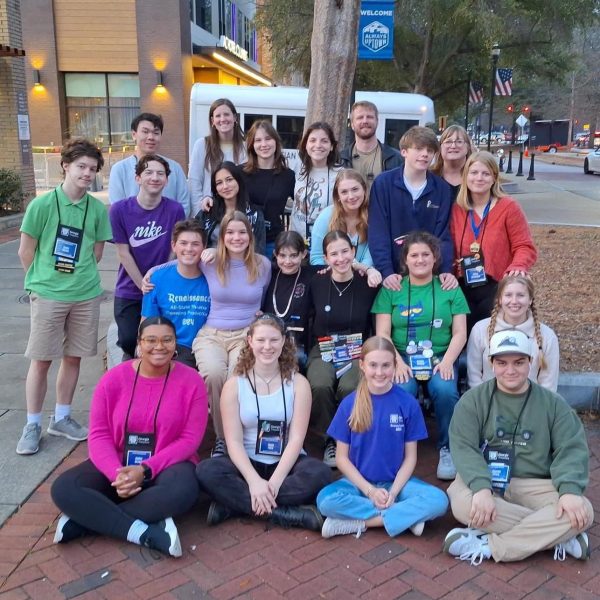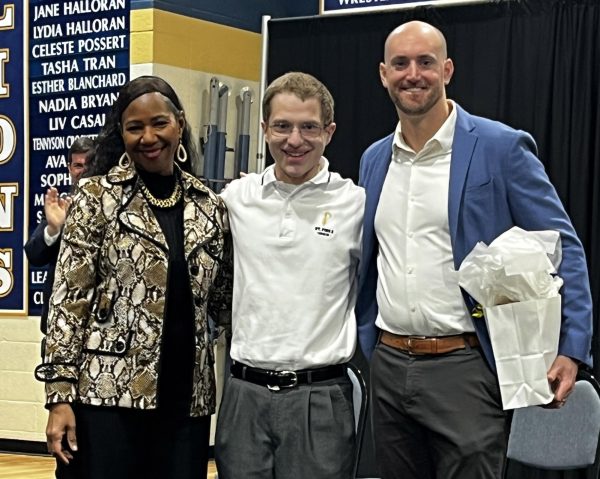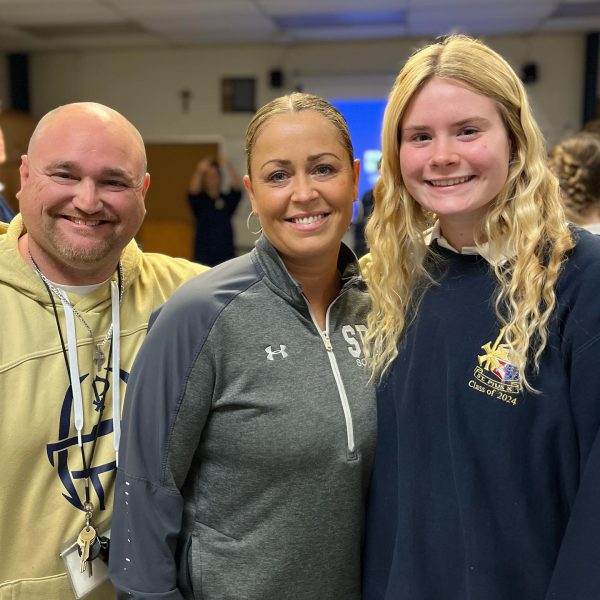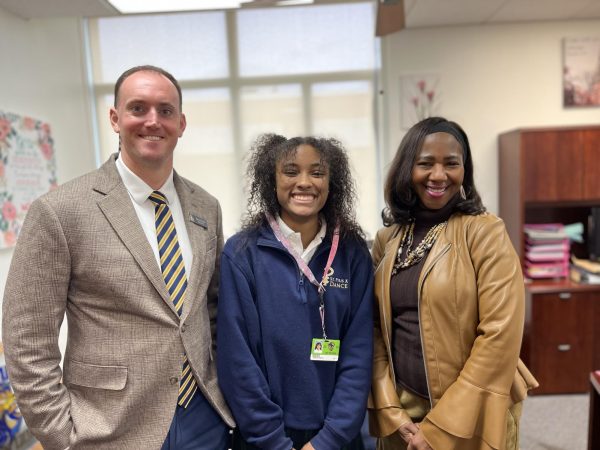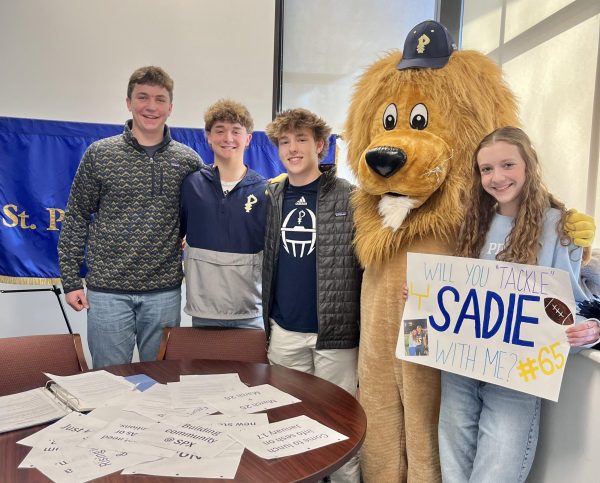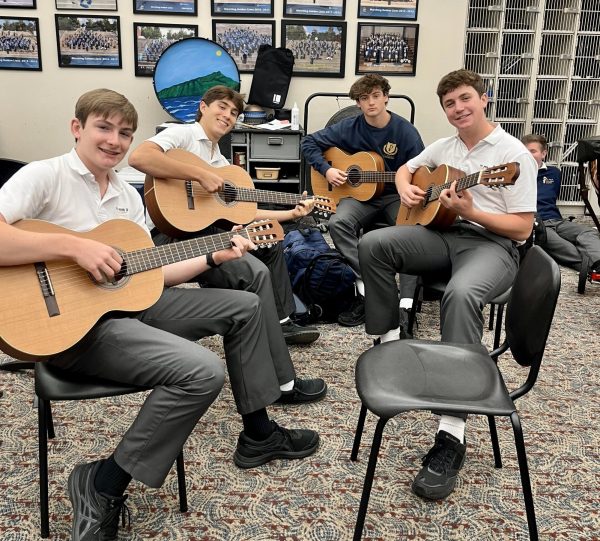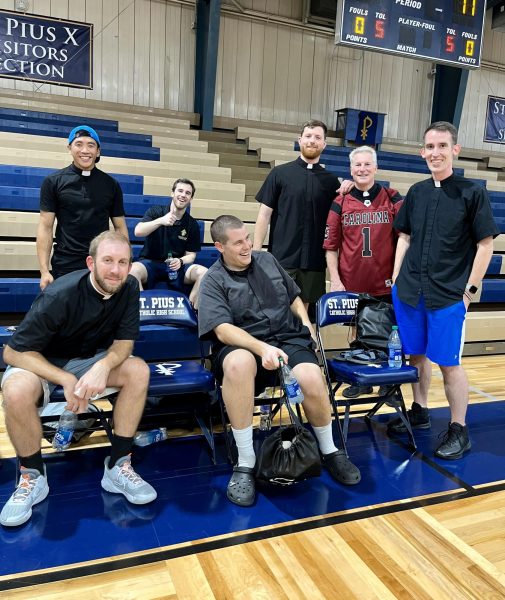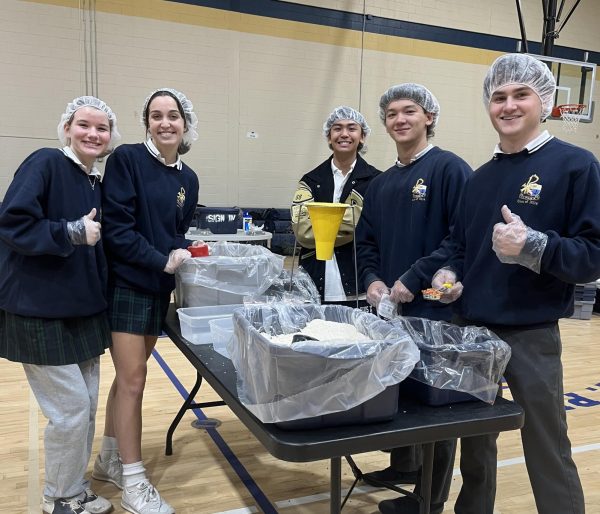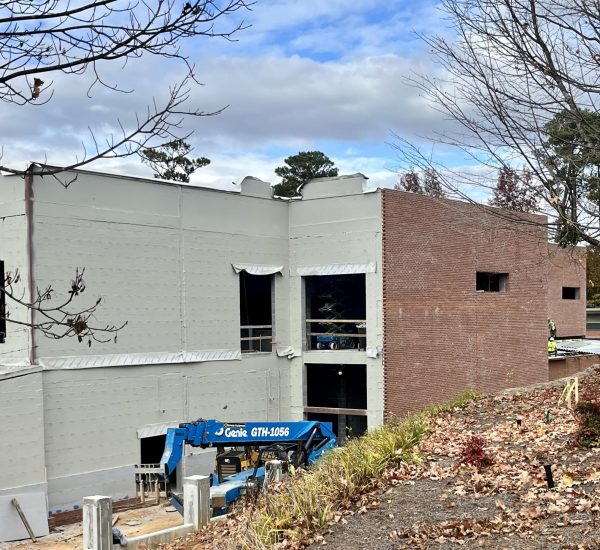Anatomy students create prosthetic hands for those in need
In a perfect combination of science, service, and technology, Mr. Matt Lammers’ anatomy classes made prosthetic hands using a 3D printer and donated them to those in need.
Librarian Mrs. Meggan Wicauskas came up with the idea originally.
“She came up with this idea and I was like, this would be a great thing for the anatomy class to do because one, it’s a kind of a service project because you’re helping people out, and two, it relates to the anatomy of the hand,” Mr. Lammers said.
He went on to explain that, “Mrs. Wilcauskas finds the design, she prints them off, and then she comes and presents it and gives directions and [the anatomy students] assemble all the hands from the beginning to the end after all of the printing is done. She double checks for quality and control. It took them about three or four days of full class time to do that.”
Mr. Lammers clarified that the design of the prosthetic hands wasn’t too complicated, as “it’s not really a dexterity thing, it’s just a simple grab and then let go.”
After all, the students were doing this in an anatomy class, not an engineering class.
Despite the simplicity of the hands’ functionality, Mr. Lammers emphasized that they’re still helpful, as users can “grab something to keep them from falling down, although they still can’t pick things up.”
Mr. Lammers and Mrs. Wilcauskas began working on the project in August, but it took several months to print and assemble the finished products.
“She started printing at the beginning of first semester and she didn’t have them finished until second semester,” Mr. Lammers said. “So we did groups of two so that everybody could be involved and Mrs. Wilcauskas didn’t have to print enough hand parts for each student.”
Mrs. Wilcauskas said that “each hand took two days to print, and we had 30, so it took about 60 days to print them all.”
Not only did this assignment help students learn about the anatomy of a hand, it served a greater purpose as well.
“I counted it as a lab grade because it was doing the manipulative skills to come up with an end product that could be a possible benefit to humanity,” Mr. Lammers said. “It’s using 3D printing for some greater purpose than just some kind of thing they might look at once and then get rid of.”
Mrs. Wilcauskas researched organizations that could use the hands, and ended up finding one called ENABLE.
“Since these were not custom made for a specific person, we send them to a charity that collects them and sends off many different size hands to clinics in areas of the world where customized hands are not typically available,” she said.
Mr. Lammers said that, overall, the project “turned out to be a positive experience.”

